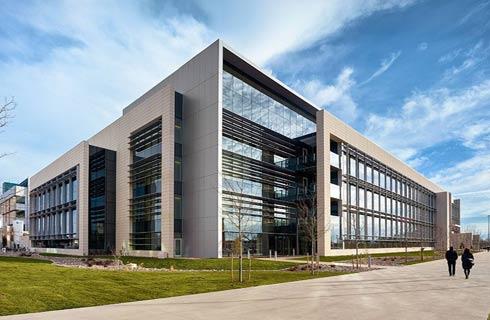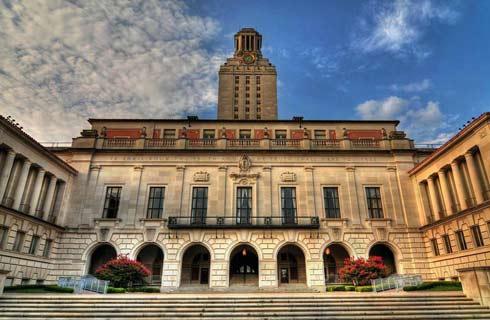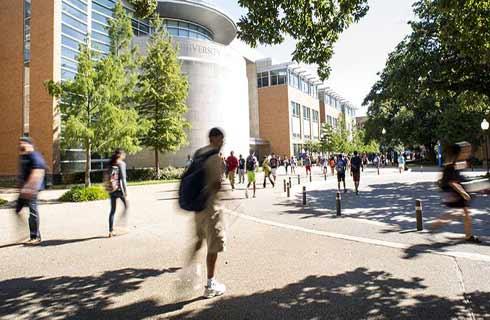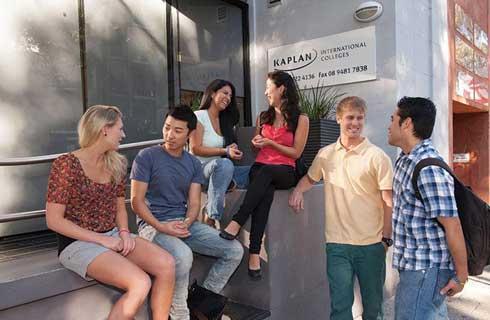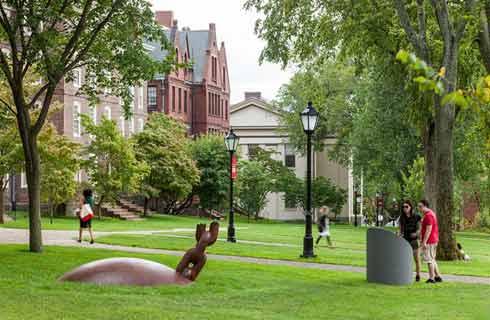课程简介
The world faces unpredictable challenges at increasing intensities-natural disasters, ecological uncertainty, public health crises, extreme social inequity, rising violence-and yet counters and absorbs risk through acts of resilience. Risk and Resilience, a concentration area within the Master in Design Studies, sets out to support novel approaches to socio-spatial planning through design. Design as a discipline provides cities, communities, and individuals with tools to effectively prepare for, cope with, and anticipate rapid change within the spatial, social and economic vulnerabilities it produces. The program prepares students to identify, articulate and propose preemptive forms of practice. When faced with potentially catastrophic events that hold the potential to undermine the conditions of human life, the question of whether to leave or stay put looms large. This holds as much for those facing chronic environmental risk as for those living in conditions of ongoing violence associated with conflict. In fact, current literature does not differentiate between such risks, now that climate-based change is unsettling so much of the global population. In the contemporary era, we are seeing a dramatic increase in human movement both within and across borders as a result of such threats. In this sense, migration has become both a central conceptual problematic and an increasingly common adaptive response of our times. This is evidenced by the claims of current crisis analysts that there are more displaced people on the planet than at any other time, and that intensifying sea level rise is threatening to force domestic migration at an unprecedented scale. Given this reality, any dialogue on environmentally-induced migration must consider de-growth, de-investment and retreat as viable spatial alternatives, putting additional pressure on the role of the designer to accommodate such possibilities. Risk and Resilience will commit itself to exploring this issue by identifying environmental migration as its principal emphasis for the next two years. As concepts, both ''environment'' and ''migration'' will be approached critically and expansively. That is, students will consider the built and the living environment equally, as well as their inter-relationships and differences. As a concentration, we will aim to define what constitutes migration and at what scales it is legible, meaningful, and desirable-and for whom. Together, we will reflect on how changes in both the human and non-human environment produce and are produced by migration, and we will frame this larger discourse through the lens of design theory and practice.
展开
















